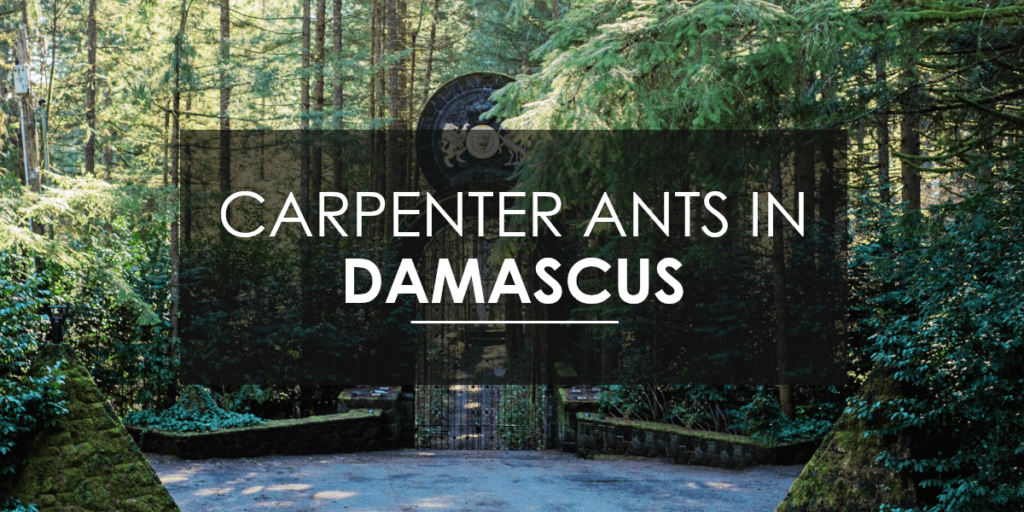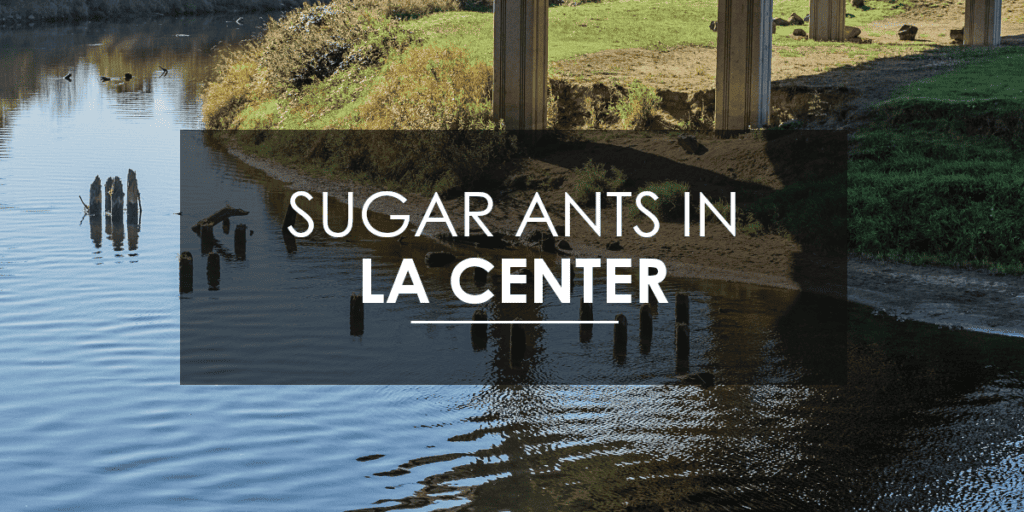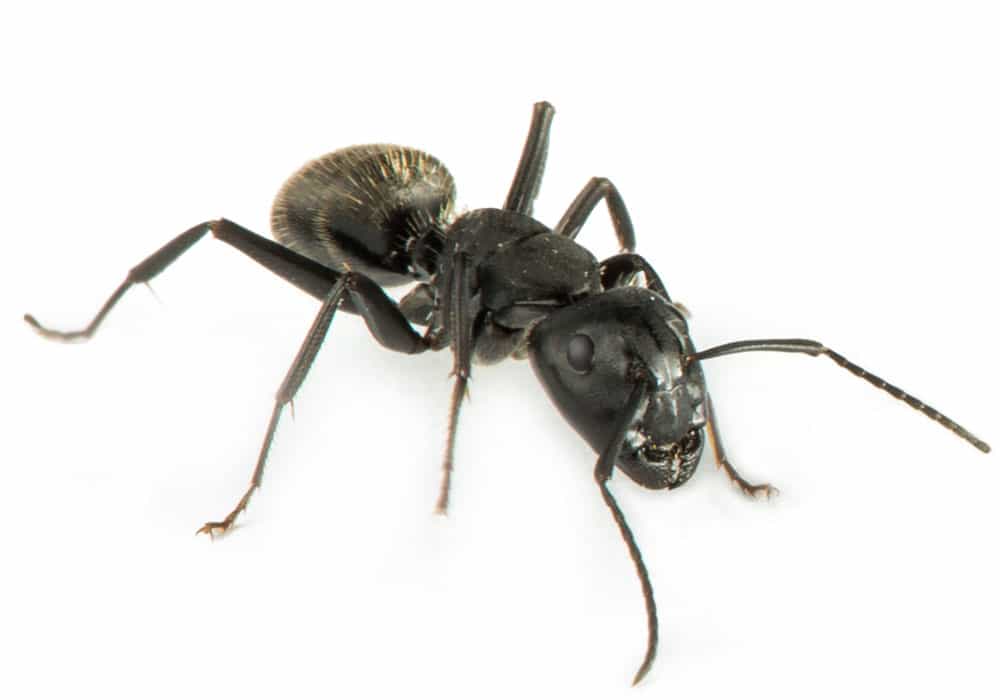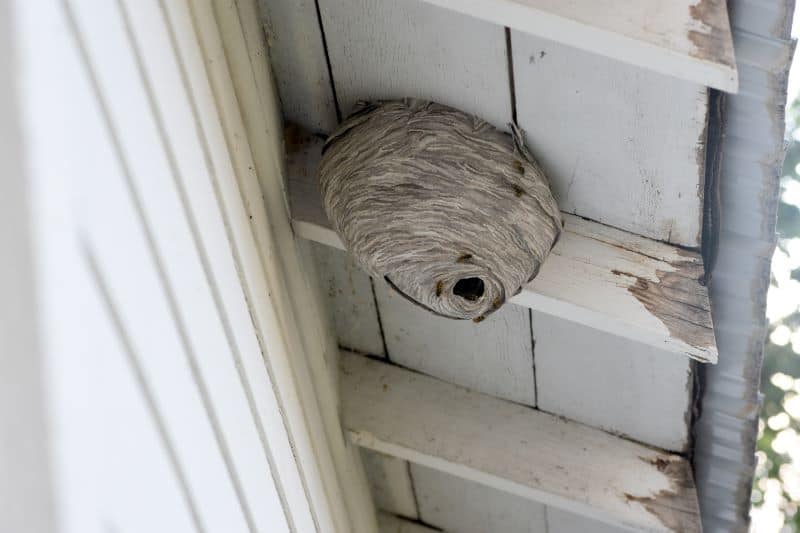Who’s harmful, who’s helpful, and how to protect your loved ones
Though it’s a badge of honor here in the Pacific Northwest to remain as active as possible during the winters (Bike to work in the rain? Sure! Use an umbrella? NEVER!) we’re even more prideful about how beautiful our spring and summer seasons are. We’re hiking and biking and hitting farmer’s markets with a level of enthusiasm that few others can muster. In this lucky list of outdoor activities we all love to partake in is the backyard barbecue.
Yard games, cold drinks, and everyone brings a dish to pass — we’re excited just thinking of it! The only downside you might face (aside from accidentally scorching all the steak far beyond “well done”) is that of uninvited guests, specifically the stinging variety. You and your loved ones are all having a great time and then, before you know it, they are a bunch of wasps making their way across the potato salad, crawling into the soda cans, and probably making some of your guests very, very nervous.
That nervousness is justifiable, but there are some important things to know about stinging insects in Portland, particularly who is helpful, who is harmful, and how with a little bit of regular maintenance, you can keep your home and and yard free from threat and full of fun.
Bee removal in Portland
At approximately a half inch in size, these little critters are absolute workhorses. In fact, bees — a close cousin to the wasp — are responsible for pollinating approximately 80% of all agricultural crops in the United States. That’s right, 80%. Due to the the special role that bees play in making our food supply possible, we at Aspen Pest Control believe it’s our duty to be good stewards of our customers and the environment, and we take great care in making sure that we’re able to serve you to your satisfaction while we build a better tomorrow for our children and grandchildren.
Of course, it’s also imperative that we recognize the fact that, like other stinging insects, a bee’s sting can release a histamine that can cause those allergic to go into anaphylactic shock. If you’re stung by a bee and its stinger remains stuck in your skin, you should remove it as quickly as possible. If you’re allergic to this type of skin, apply your doctor’s recommended medical attention immediately.
If your household is undergoing a bee infestation, don’t hesitate to reach out for assistance. We provide a variety of solutions that will create a safe outdoor environment for you and your loved ones while also doing all we can to protect our precious pollinators!
Wasps, Hornets, and Yellow Jackets In Portland — What’s the difference?
As we mentioned above, bees are very closely related to wasps, but aren’t technically wasps. The wasps we most commonly see in the Portland area are called paper wasps. Additionally, hornets and yellow jackets are also types of wasps. The term has become a sort of catch-all for stinging insects, but there are important distinctions to understand, which is especially important to understand when it comes to factors like potential allergic reaction to stings, extermination and nest removal, and level of aggression.
Facts about paper wasps in Portland
Paper wasps are commonly about one-half to one-and-a-half inches in length. Their name comes from the highly inventive (but no-less offputting) method they use to build their grey, almost birch bark-like nests. Paper wasps like to build their colony in an area where they have access to wood fibers — ideally from dead wood. The wasps will mix the wood fibers with their saliva, and use that mixture as a water-resistant building material that covers the comb-shaped capsules each wasp lives within. The reason why you’d so commonly find these types of nests on the eaves of you home, under a covered porch, or even on horizontal hanging pipework is that a flat, stable environment sheltered from the extremes of the weather make an idea long-term breeding ground for these resourceful insects.
Paper wasps are pollinators and, outside of nectar, feed on other insects, caterpillars, and insect larvae. They are not outwardly aggressive, but can act so when they feel their colony is being threatened.
Facts about hornets in Portland
Hornets — again, a type of wasp — build their nests much in the same manner as the paper wasp does by combining its saliva with the fibers of dead plants and wood. Unlike the paper wasp, the hornet is much larger in size (some can be larger than two inches) and will actually eat other wasps as a primary part of its diet, along with larger insects like grasshoppers, caterpillars, and crickets. Hornets also will commonly consume sap from trees.
The queen, naturally, is the dominant inhabitant of the hive, while the majority of the colony is comprised of female workers, whose sole responsibilities are task related: hive construction, food gathering, and general protection of the queen and the colony. Male hornets are few and far between. Their role — and life — is devoted to mating with the queen to expand the colony. A male hornet’s life commonly ends shortly their task is complete.
Hornets can be aggressive, but this typically occurs if the insect feels that the colony is threatened. Otherwise, these stinging insects tend to keep the stinging at bay.
Facts about yellow jackets in Portland
Yellow jackets are rather distinct in their appearance, demeanor, and their choice of nest. Yellow jacket colonies can consist of as many as four thousand workers! Though like their cousins the paper wasp and the hornet, they do use wood fibers to build their nests, but their resourcefulness goes one step further in using existing spaces — abandoned rodent dens, holes in trees or stumps, and shrubs — in order to fully conceal their nests from view.
These creatures are about half an inch in size, and get their namesake due to the distinct black and yellow stripe pattern on its abdomen. Though yellow jackets will eat other insects and sap and nectar, what they’re really craving is whatever is sweetest, which makes these stinging insects a common visitor to your outdoor festivities. It’s the yellow jacket that you’re more than likely going to see flying in and around sweetened drink containers or foods, including meat.
Another important distinction between yellow jackets and the other wasps you’ve written about thus far is that yellow jackets can be extremely aggressive in their behavior, and do not wait to feel threatened, and will take offensive action in order to drive people away from its colony or source of food.
Additionally, yellow jackets can sting multiple times and like the other wasps we’ve mentioned, can cause anaphylactic shock to those who are allergic to their venom, in addition to the pain, swelling, and discomfort caused by stinging insects.
Paper wasp, hornet, and yellow jacket nest removal in Portland
If you or a loved one come across a wasps’ nest, be it paper wasp, hornet, or yellow jacket, do not attempt to remove the nest yourself. We recommend you contact a professional to ensure that the wasps are exterminated, the nest is properly removed, and that your home and family are safe from harm.
We guarantee total eradication of your stinging insect infestation, and include nest removal as a basic part of our service as it related to stinging insects. We can serve up to the second floor eaves on almost all homes, and use special equipment to ensure that the removal is safe and your home is free from damage.
If you want to ensure that you and your loved ones have a spring and summer free of stinging insects, call us today at Aspen Pest Control. We’re proud to serve you and your neighbors in the Portland area, and, as always, we guarantee our results. Contact Aspen Pest Control today!








